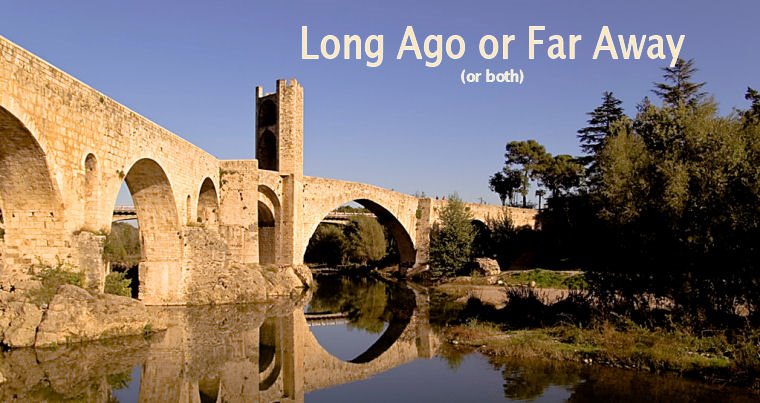Well, we're a little late getting our first post up this week, but we've already been talking and learning more about the British Isles. It's hard to know where to start because we've already read a lot of books and watched a lot movies, etc.
First, let's talk about terms. British Isles, Great Britain, United Kingdom of Great Britain and Northern Ireland, England, Scotland, Wales - why are there so many names?
Ria answers (with a little help from the Map Guy) - The British Isles, not a country in its own right, includes the countries of England, Scotland, Wales, Northern Ireland and Ireland. Great Britain consists of England, Scotland (technically called a "kingdom") and Wales (technically called a "principality"). The United Kingdom of Great Britain and Northern Ireland, as you can tell from its full name, also includes Northern Ireland. So, the geographical difference between the British Isles and the United Kingdom lies in Ireland, which gained its independence from Great Britain in 1921.
The Map Guy's comments...
Roman Times - If you went to Great Britain today, you would still find evidence of the Ancient Romans. For example, Hadrian's Wall was built by the Romans in 128 AD because they were afraid of the Scots attacking them. It is 73 miles long.
If you go a little north of Hadrian's wall, you'll come to the much-more-recently built Firth of Forth Bridge (built in 1890).
If you look at a map, you'll notice that the south-east corner of England is very close to France. It is about 30 miles from Dover, England, to Calais, France across the English Channel. England and France decided they wanted to have a tunnel under the English Channel - and naturally they wanted to make it as short as possible. So the Channel Tunnel (which runs from Folkestone, England to Sangatte, France) was built. It took three years to tunnel through the dirt under the English Channel (they started on both sides and met in the middle). It opened in 1994.
Subscribe to:
Post Comments (Atom)

No comments:
Post a Comment